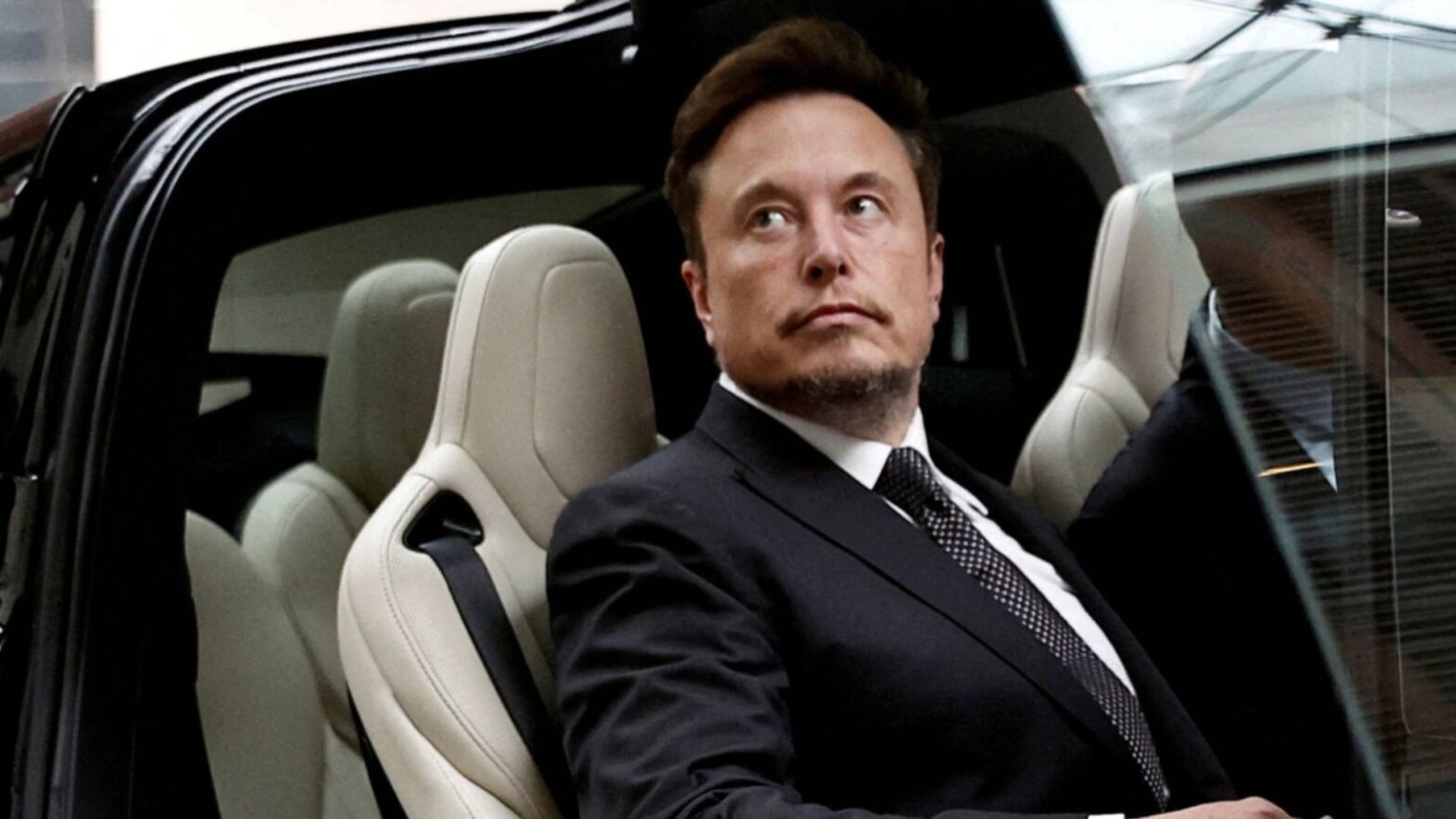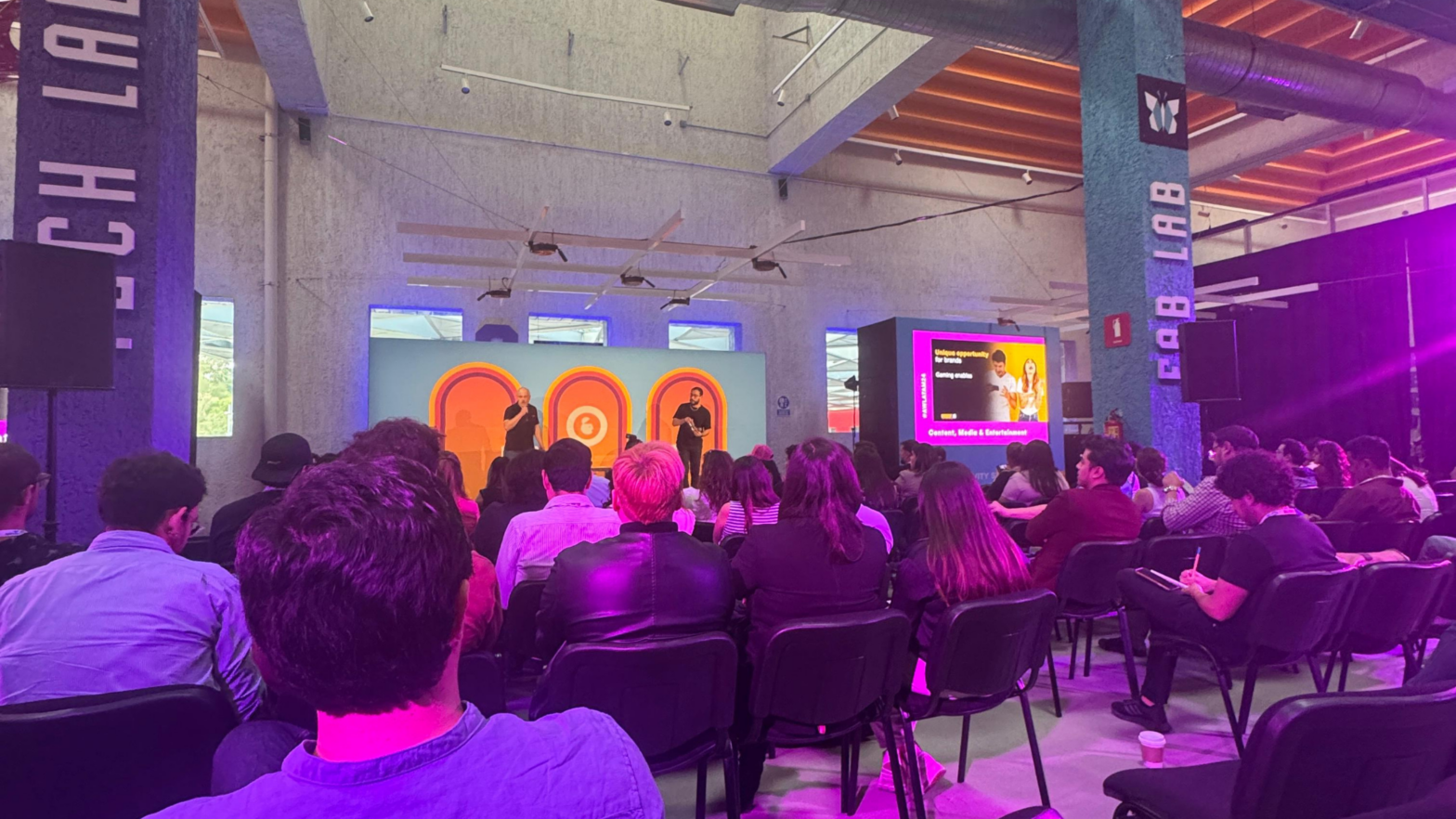Tesla and its revolution in autonomous mobility, what can we expect from the Robotaxi Event?
October 1, 2024

Elon Musk, CEO of Tesla, has promised to transform the automotive industry with electric vehicles and, now, with its new venture into autonomous mobility. On October 10, 2024, Tesla will unveil its highly anticipated robotaxi service at an event taking place at the iconic Warner Bros Studios in Los Angeles, California. This launch marks a key milestone in Tesla’s plan to revolutionize transportation through autonomous vehicles, offering a mobility service that could change the way we understand urban transportation.
The context of Tesla’s Robotaxi
The concept of the robotaxi has been part of Elon Musk’s master plan for several years. It involves a fleet of fully autonomous vehicles that could operate without a driver, allowing users to access on-demand transportation services more efficiently and economically. The idea is that Tesla vehicle owners could add their cars to this fleet, generating passive income when not in use, while also providing a transportation solution without the need for human drivers.
With the announcement of the October event, Tesla is poised to take a decisive step toward implementing this service, merging technological innovation with the entertainment industry to maximize the impact of its presentation.
The future of autonomous mobility
The launch of Tesla’s robotaxi represents a significant advancement in the development of autonomous driving. While Tesla has been a pioneer in creating electric vehicles, this autonomous service could completely transform the transportation ecosystem. Autonomous vehicles promise to reduce traffic, improve energy efficiency, and lower accident rates caused by human error.
However, the technological challenges remain enormous. Although Tesla has made significant progress in its autopilot system and the implementation of autonomous driving systems, debates about the safety and large-scale viability of robotaxis continue. Developing artificial intelligence capable of managing all the complexities of traffic in dense urban environments is a monumental task that requires not only technical innovation but also regulatory approval and public acceptance.

The Event Venue: Warner Bros Studio
The fact that Tesla has chosen Warner Bros Studios in Los Angeles for the launch of its robotaxi is no coincidence. Tesla has effectively combined cutting-edge technology with high-impact media events, and this venue choice suggests a presentation with a high degree of spectacle and production. Warner Bros Studios, renowned for its role in the film industry, provides an appropriate backdrop for showcasing technology that seems straight out of a science fiction movie.
Additionally, Los Angeles is a strategic location for Tesla. It is not only one of the most iconic cities for innovation and entertainment but also one of the most congested metropolises in the world, making it the perfect setting to demonstrate the benefits of autonomous mobility. Tesla could use the event to showcase how its robotaxis could operate in a challenging urban environment like Los Angeles, where traffic and pollution are daily issues for millions of residents.
Challenges and opportunities of the robotaxi
Despite the excitement surrounding the robotaxi launch, Tesla faces several challenges in its implementation. One of the main challenges is regulation. In the United States, states have different approaches to regulating autonomous vehicles, and some are more restrictive than others. Gaining approval from local and federal authorities for the operation of a large-scale fleet of robotaxis will be a key challenge.
Another challenge is public acceptance. Although autonomous driving technology has advanced considerably, many consumers remain skeptical about the safety of these vehicles. Accidents involving autonomous cars in recent years have raised concerns, and Tesla will need to work on its communication and demonstrate the safety of its technology to convince users that robotaxis are a viable and reliable option.
On the other hand, the opportunities are enormous. Robotaxis have the potential to transform not only urban transportation but also access to mobility. By eliminating the need for a human driver, Tesla could offer transportation services at much lower costs than traditional taxi or rideshare companies. Moreover, this new fleet of vehicles could help reduce carbon emissions in cities, which would be a significant step in the fight against climate change.
Competition and Tesla’s leadership
While Tesla has been a pioneer in the electric vehicle industry, it is not alone in the race to develop autonomous vehicles. Companies like Waymo (owned by Alphabet) and Cruise (owned by General Motors) are also working on developing fleets of autonomous vehicles. However, Tesla has a key advantage: its experience in mass-producing electric vehicles and its focus on efficiently integrating software and hardware.
The success of Tesla’s robotaxi will depend not only on technology but also on its ability to outperform competitors in terms of price, convenience, and consumer trust. The company has already demonstrated its capacity for innovation and leadership in the automotive industry, and this next step could solidify its position as a leader in autonomous mobility.
A milestone in Tesla’s history
The event on October 10 promises to be a pivotal moment in Tesla’s history and the mobility industry. The presentation of the robotaxi will mark a turning point in how people think about transportation and autonomous technology. If Tesla can overcome the technical and regulatory challenges, the robotaxi could drastically change mobility in cities, providing a more efficient, economical, and eco-friendly solution for daily commutes.
As the world eagerly awaits this launch, it is clear that Tesla remains one of the most innovative companies globally, willing to tackle challenges and transform entire industries with its vision for the future. October 10 will not only be an event to showcase new technology but also to mark the beginning of a new era in urban transportation.




